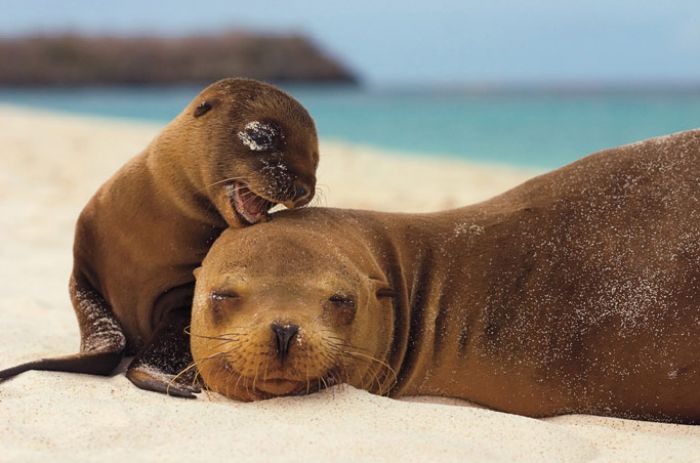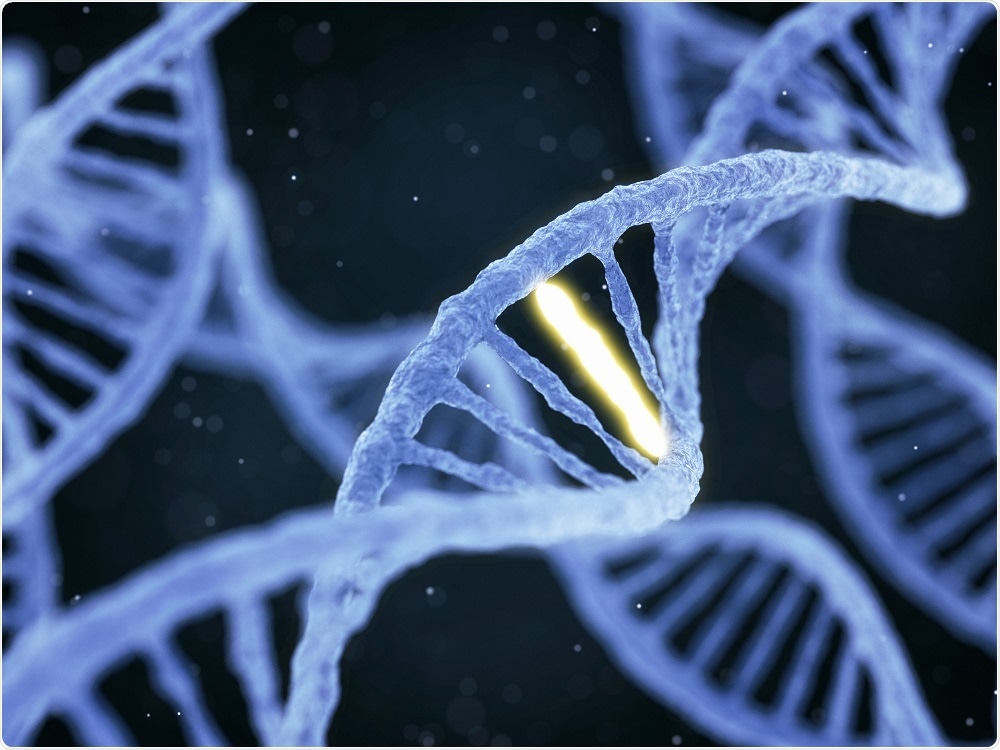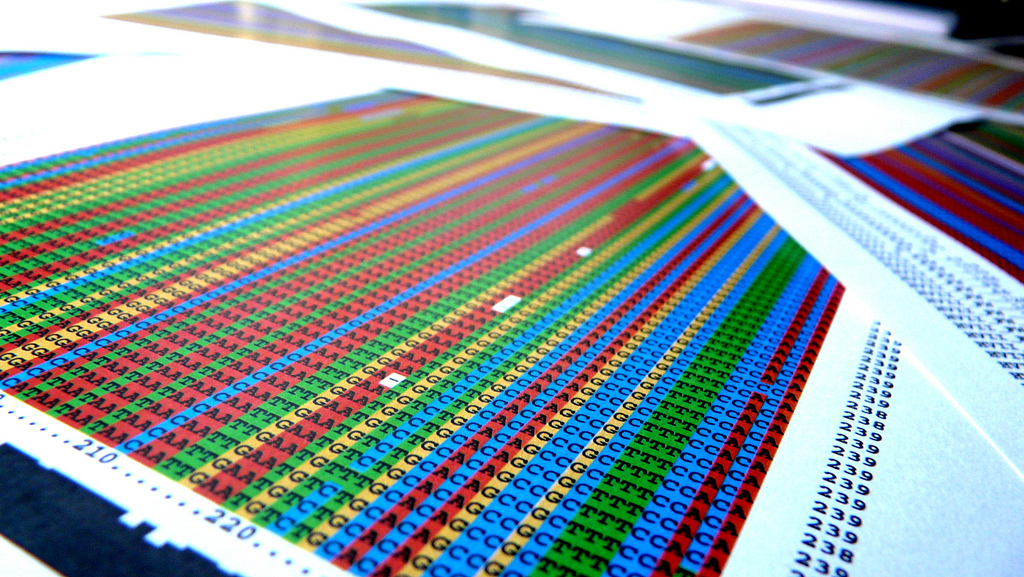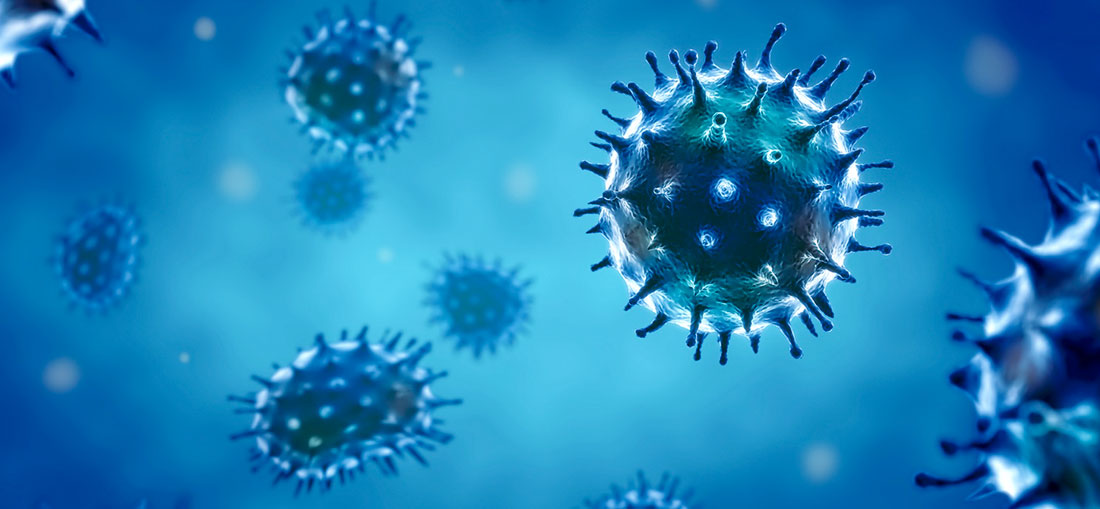From California, a wildlife model for carcinogenesis
Cancer is too complex to be studied only in laboratory animals, in genetically identical strains and under controlled conditions. Real life is not a laboratory; in real life cancer arises from complex interactions between multiple genes and environmental factors that cannot be easily replicated. One solution is to extrapolate precious findings on carcinogenesis that can be translated to humans from naturally-occurring cancers in non-laboratory, wild animals, which spend the whole life in the world and not inside a laboratory cage. Today’s special patient is a bulky, marine mammal from California: the sea lion. What can we learn from it?










